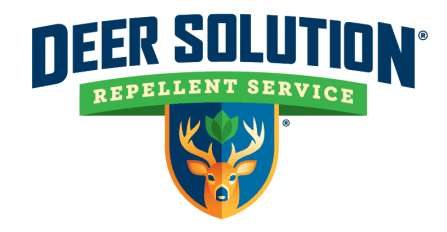Nestled within verdant landscapes, Montgomery County, Maryland, faces an emerging ecological challenge – the escalating impacts of deer damage.
This article delves into the latest developments in managing the deer population in the county, with a focus on the issues posed by New Jersey deer and the concept of plant deer protection.
The Rise of Deer Damage in Montgomery County
Montgomery County’s recent years have seen a significant increase in deer-related challenges. The burgeoning population of deer, including New Jersey deer, has led to heightened interactions between these animals and human habitats.
This rise in deer population has brought about concerns regarding deer damage, affecting various aspects of the county’s environment and community life.
Plant Life at Risk: The Necessity for Protection
One of the most visible impacts of the growing deer population is on plant life. Gardens, parks, and natural reserves across Montgomery County are witnessing the adverse effects of deer grazing.
The need for effective plant deer protection strategies has become more critical, as residents and authorities seek to safeguard their green spaces from the detrimental effects of deer feeding.

Understanding Deer Behavior and Its Consequences
To effectively address deer damage, understanding deer behavior, particularly that of the New Jersey deer, is crucial. These deer are known for their adaptability to diverse environments, making their impact on local ecosystems a complex issue.
The deer’s feeding habits, breeding patterns, and movement across different landscapes are key factors in the extent of damage they can cause.
Economic and Environmental Consequences
The consequences of deer damage in Montgomery County go beyond the loss of plant life. The agricultural sector is especially affected, with farmers facing substantial crop losses due to deer feeding.
Additionally, the ecological balance of the county is at stake, with deer overgrazing leading to reduced biodiversity and altered natural habitats.
Community Engagement in Deer Damage Management
While this article does not provide specific deer control tips, it highlights the importance of community involvement in addressing the issue. Montgomery County has seen a range of initiatives aimed at raising awareness about deer damage and promoting collaborative efforts to find sustainable solutions.
These include community discussions, educational programs, and the involvement of local environmental groups.
Future Directions for Deer Management
Looking forward, Montgomery County must continuously adapt and refine its approach to managing deer challenges. This involves ongoing research, exploring innovative plant deer protection methods, and fostering a deeper understanding of deer behavior, particularly concerning the New Jersey deer.
The challenge of managing deer populations and minimizing deer damage in Montgomery County requires a comprehensive approach. It calls for community engagement, ecological stewardship, and the development of effective strategies that balance environmental health with human interests.







